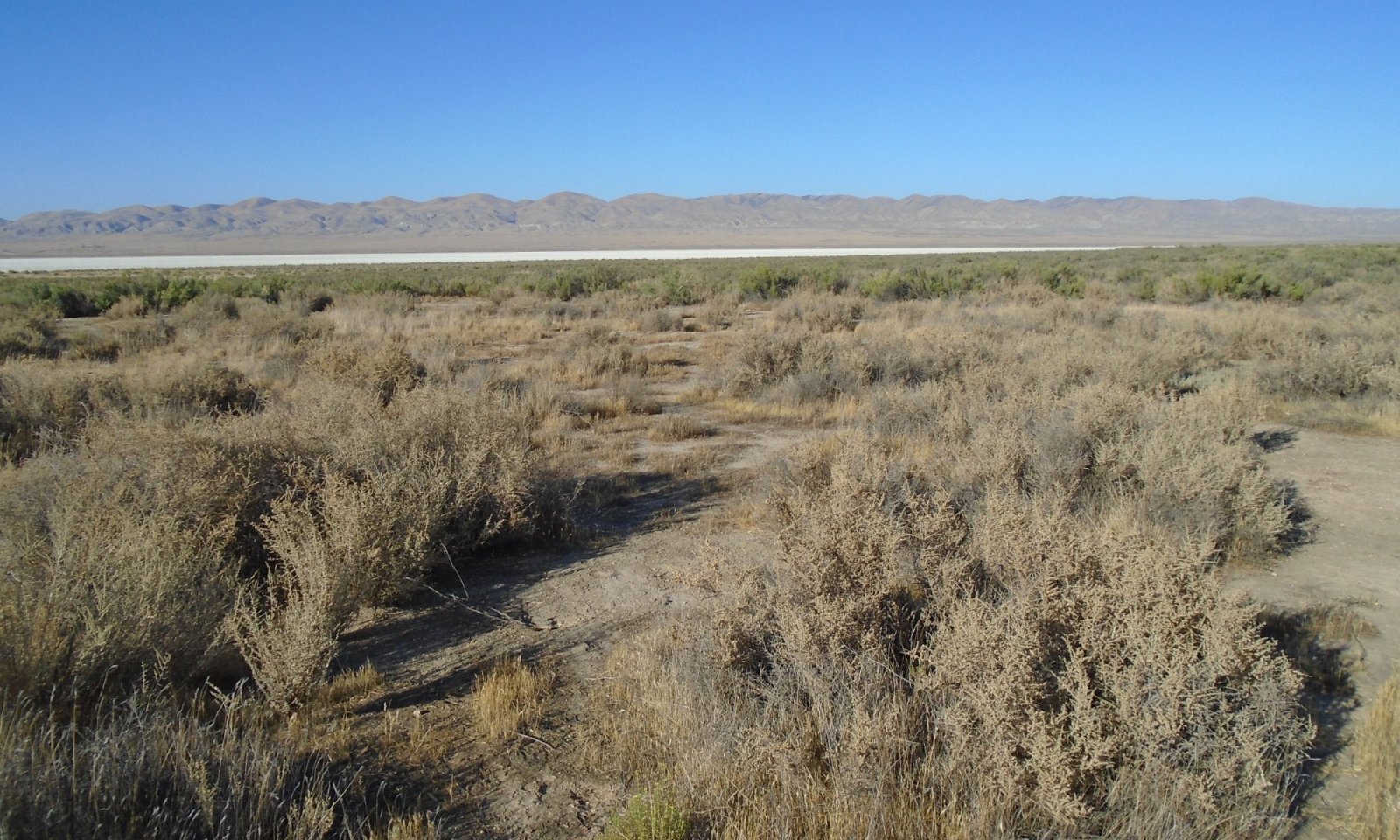
Aridic Alkali Desert
Scenario model
Current ecosystem state
Select a state
Management practices/drivers
Select a transition or restoration pathway
-
Transition T1
Grazing and Invasion
More details -
Transition T2
Human Alteration
More details -
Restoration pathway R1
Weed management
More details -
Transition T2
This transition is caused by significant human alterations that force this ecological site over a threshold and change the function and structure of this site in extensive ways.
More details -
Restoration pathway R2
Restoration and Weed Management
More details -
Restoration pathway R3
Restoration without weed management
More details -
No transition or restoration pathway between the selected states has been described
Target ecosystem state
Select a state
Description
This State reflects the natural vegetation and ecological functions.
Submodel
Description
This site represents the vegetation community and ecological function of the site when dominated by invasive species.
Submodel
Description
This state represents all the varied land uses that significantly alter this ecological site. This is an extremely varied state that includes all types of alterations that so significantly alter the ecological site that it is permanently changed and no longer has typical or even representative ecological dynamics.
Submodel
Mechanism
This transition was caused by unsustainable levels of grazing and invasion by introduced annual species.
Mechanism
This transition is caused by significant human alterations that force this ecological site over a threshold and change the function and structure of this site in extensive ways.
Mechanism
This restoration pathway occurs only when significant time and money inputs are focused on returning ecological function and native seed source to the site.
Beginning in the 1930's concerns over an insect which damaged tomato plants lead to this restoration pathway being aggressively implemented across the region.
Mechanism
This transition is caused by significant human alterations that force this ecological site over a threshold and change the function and structure of this site in extensive ways.
Mechanism
This restoration pathway occurs only when significant time and money inputs that would require constant maintenance and weed management and should be focused on areas that have not been permanently altered by urban developments.
Model keys
Briefcase
Add ecological site groups and Major Land Resource Areas to your briefcase by clicking on the briefcase (![]() ) icon wherever it occurs. Drag and drop items to reorder. Cookies are used to store briefcase items between browsing sessions. Because of this, the number of items that can be added to your briefcase is limited, and briefcase items added on one device and browser cannot be accessed from another device or browser. Users who do not wish to place cookies on their devices should not use the briefcase tool. Briefcase cookies serve no other purpose than described here and are deleted whenever browsing history is cleared.
) icon wherever it occurs. Drag and drop items to reorder. Cookies are used to store briefcase items between browsing sessions. Because of this, the number of items that can be added to your briefcase is limited, and briefcase items added on one device and browser cannot be accessed from another device or browser. Users who do not wish to place cookies on their devices should not use the briefcase tool. Briefcase cookies serve no other purpose than described here and are deleted whenever browsing history is cleared.
Ecological site groups
Major Land Resource Areas
The Ecosystem Dynamics Interpretive Tool is an information system framework developed by the USDA-ARS Jornada Experimental Range, USDA Natural Resources Conservation Service, and New Mexico State University.
